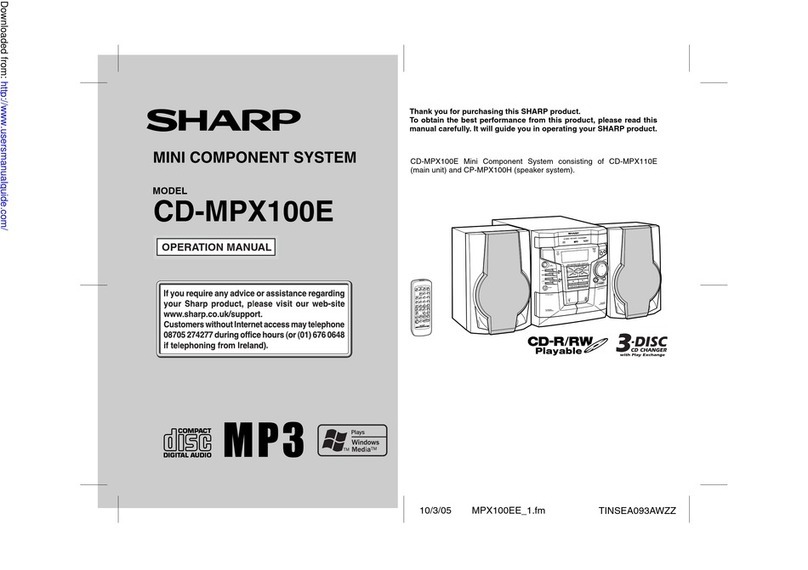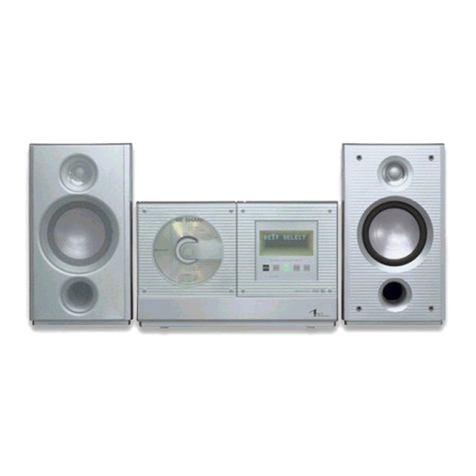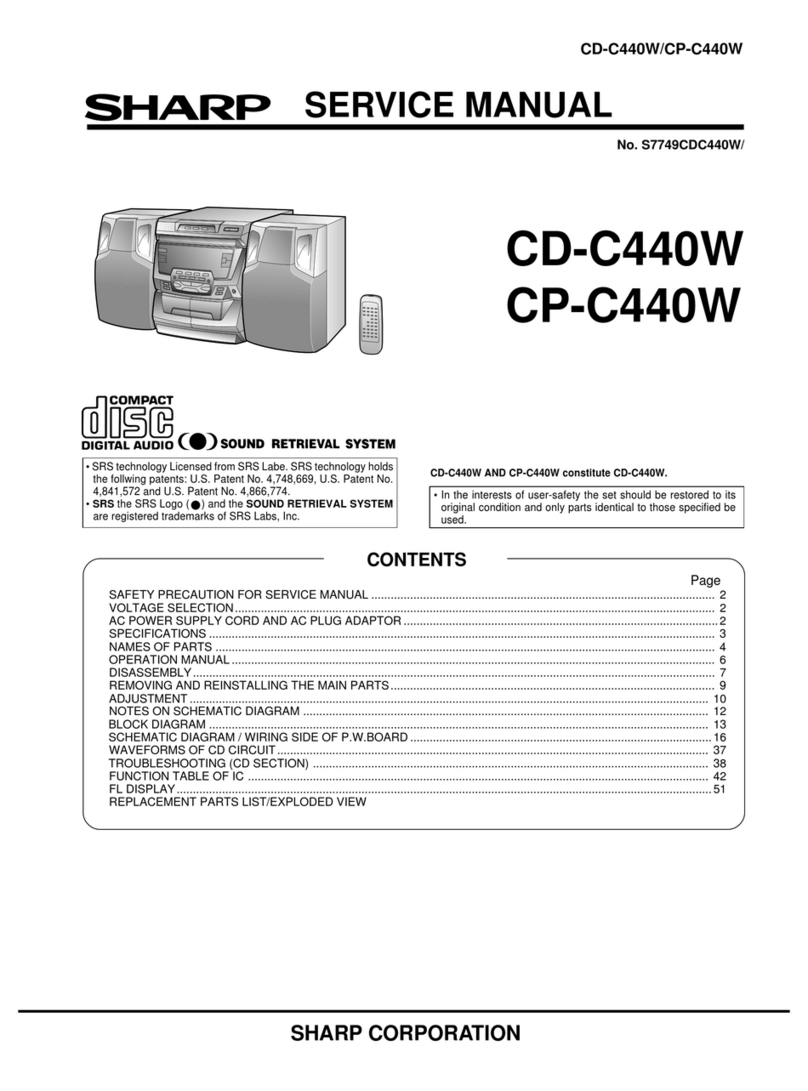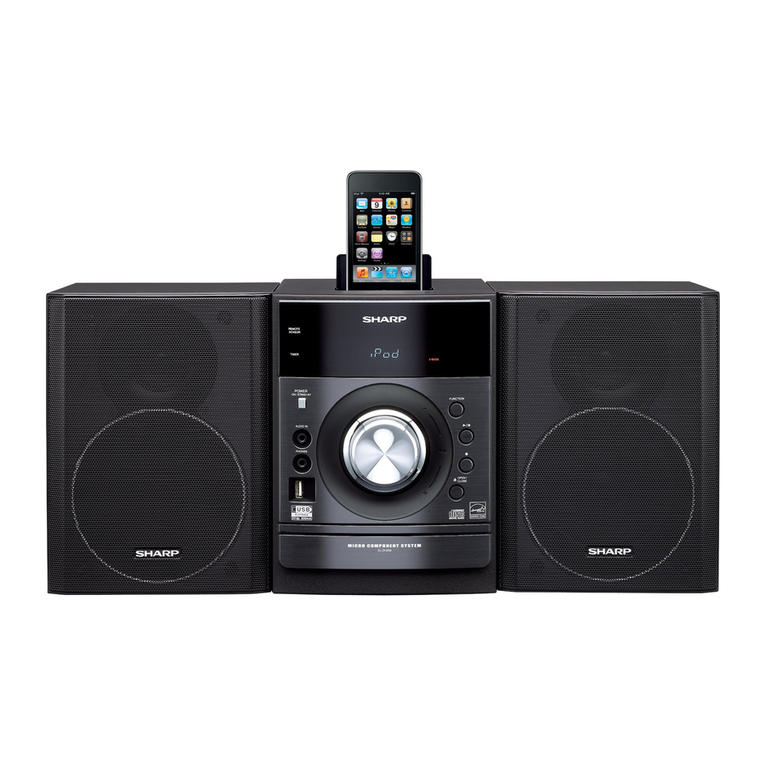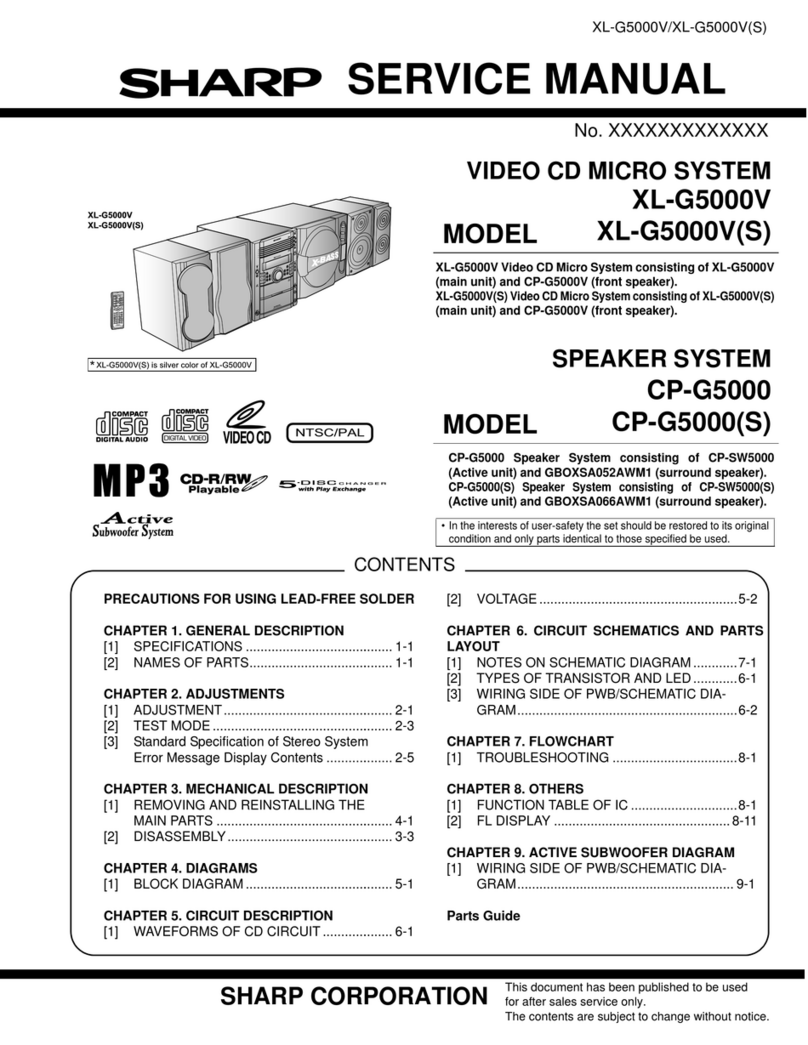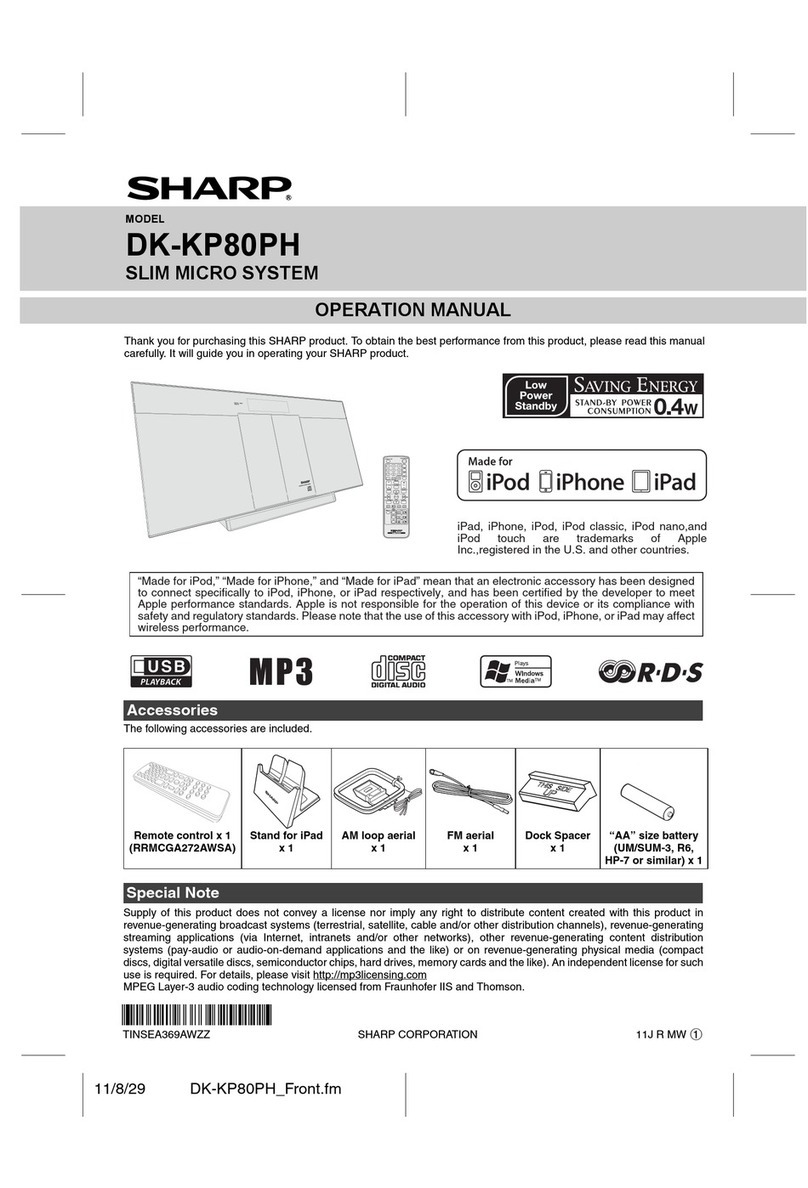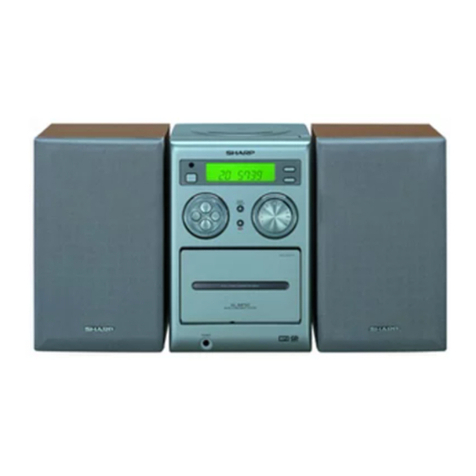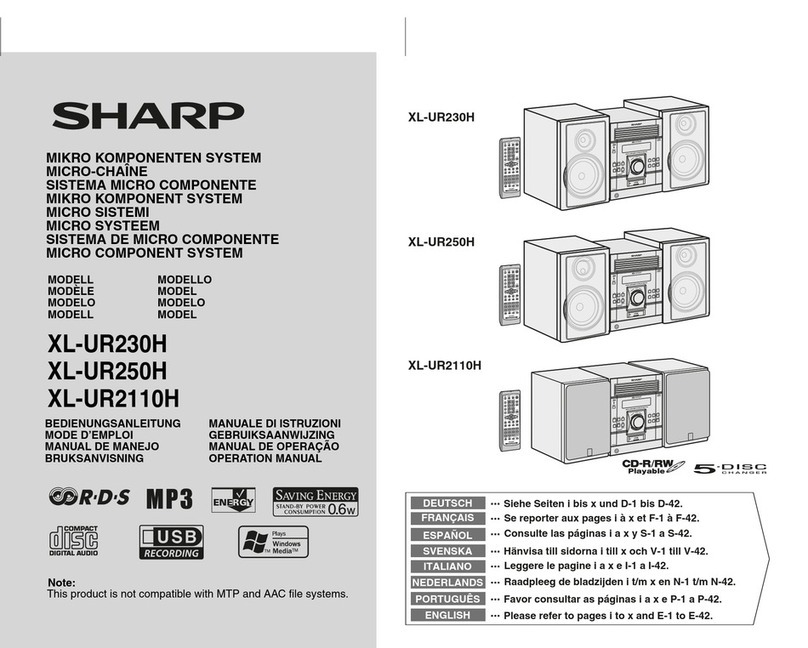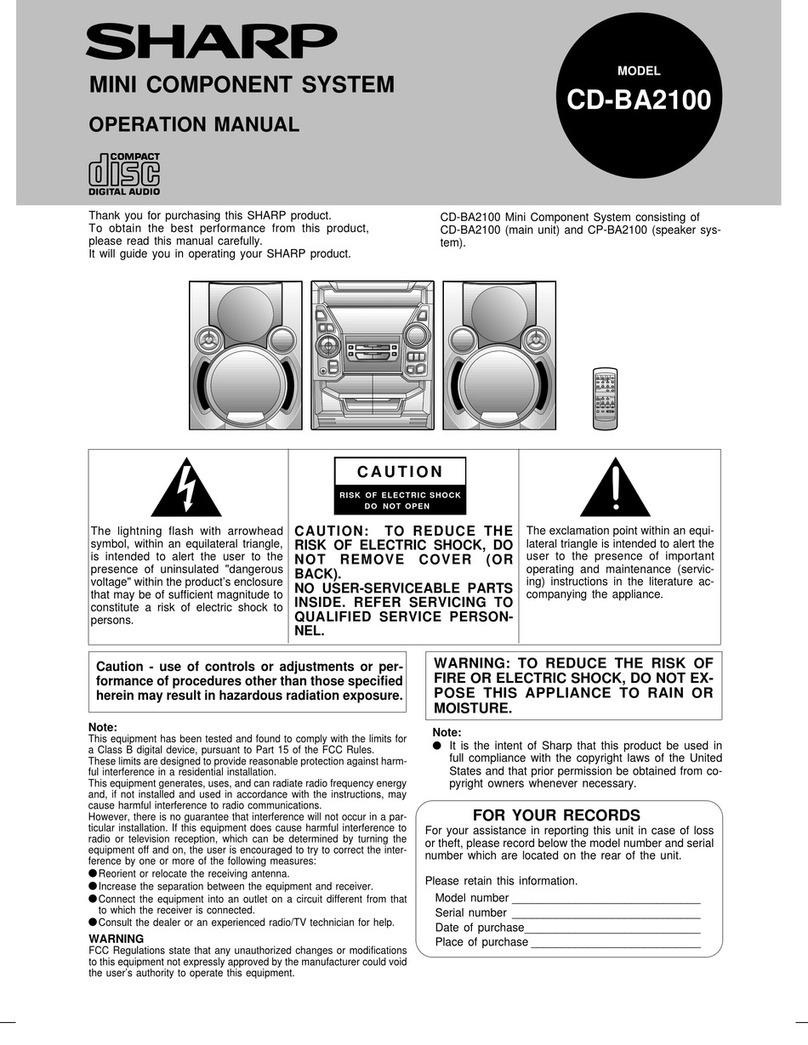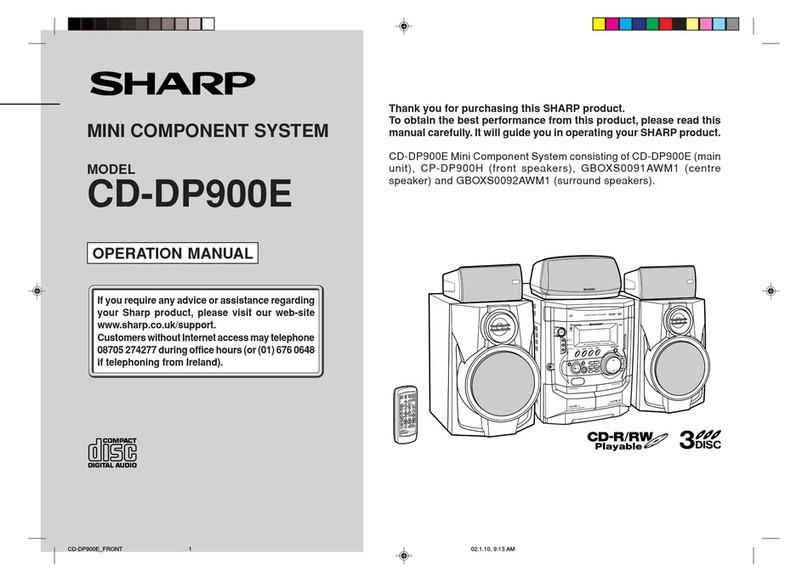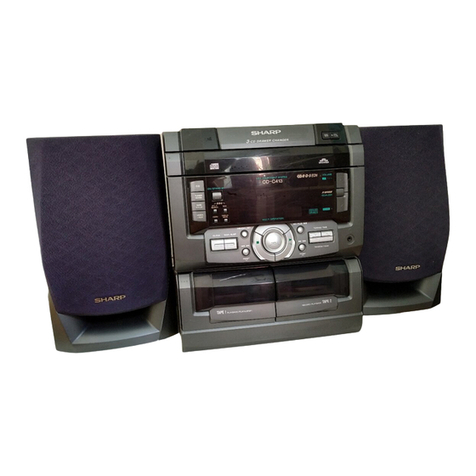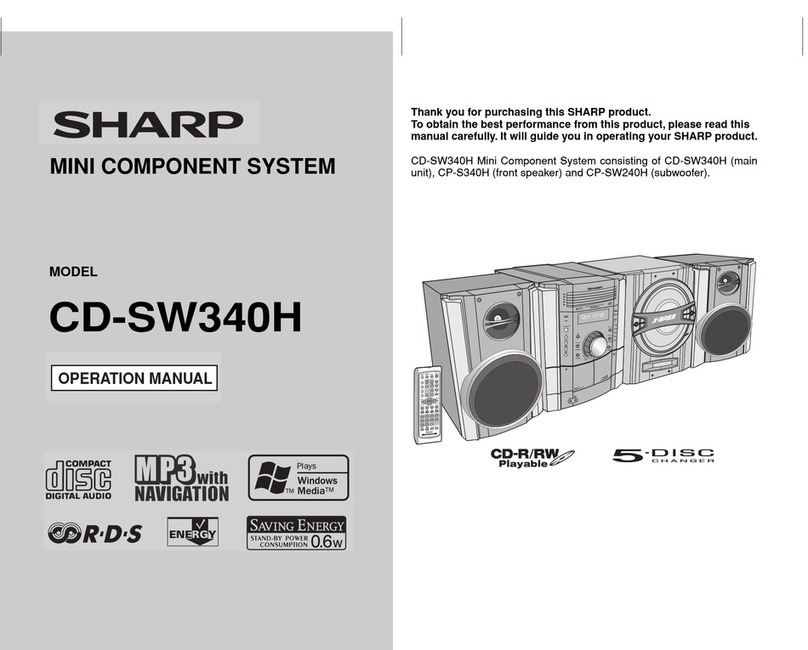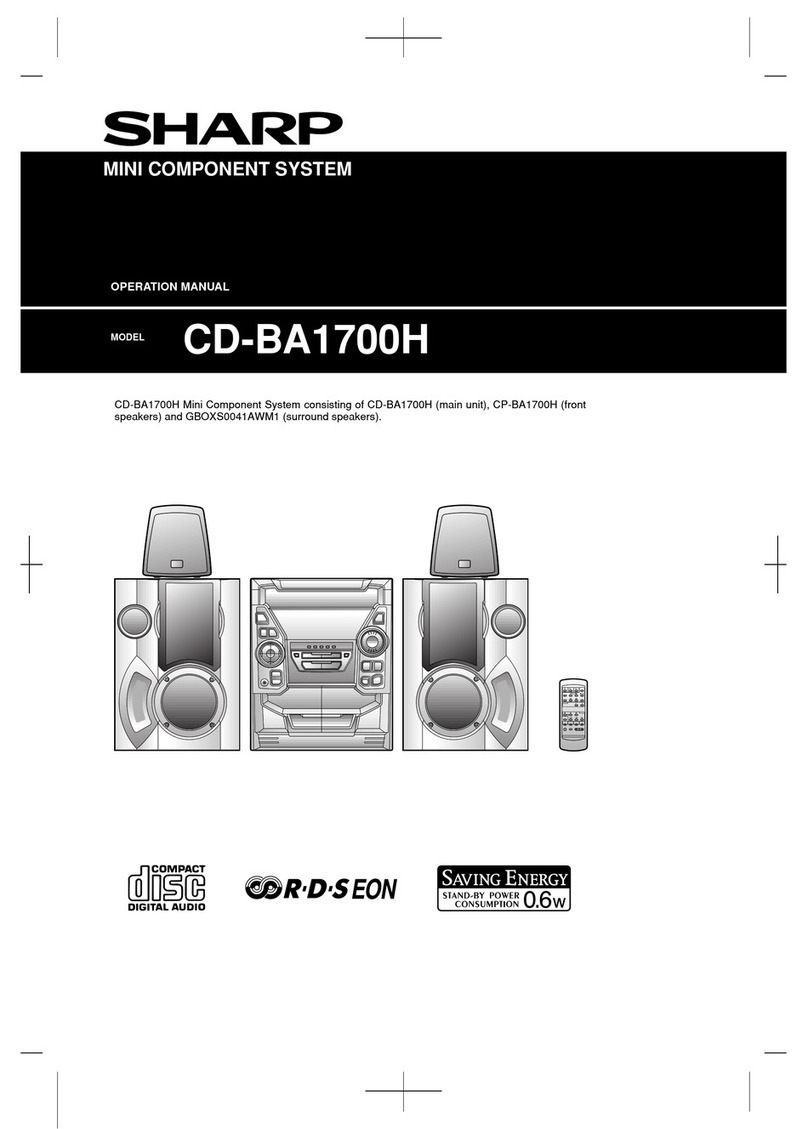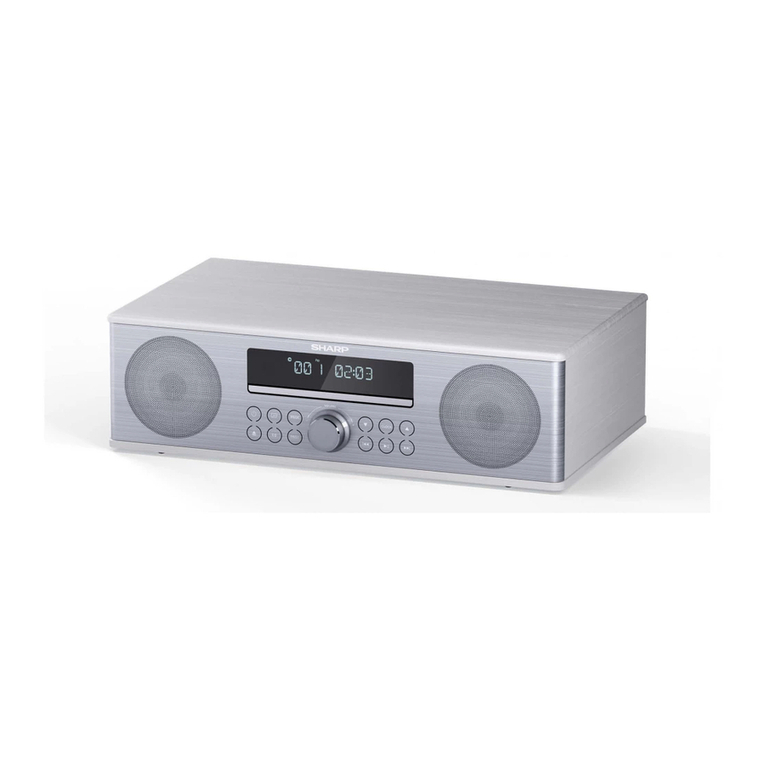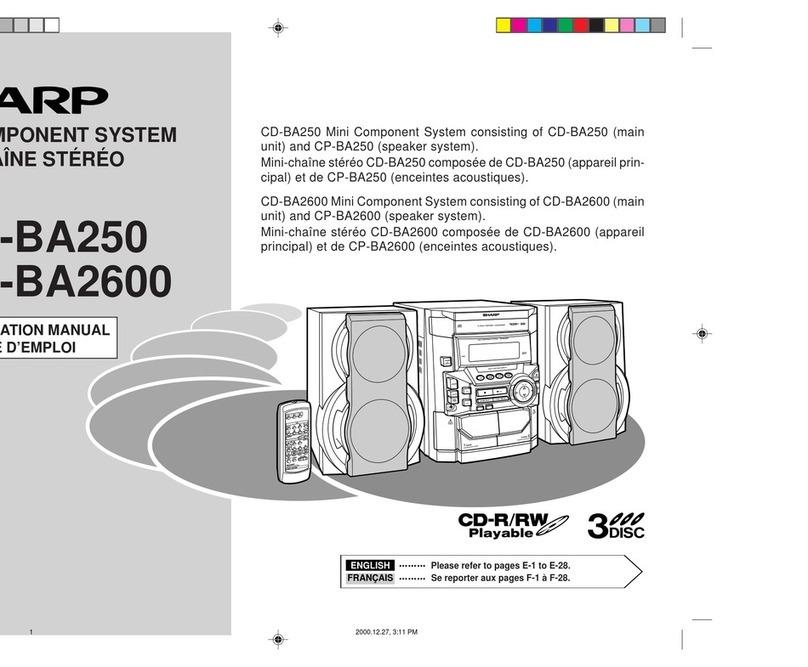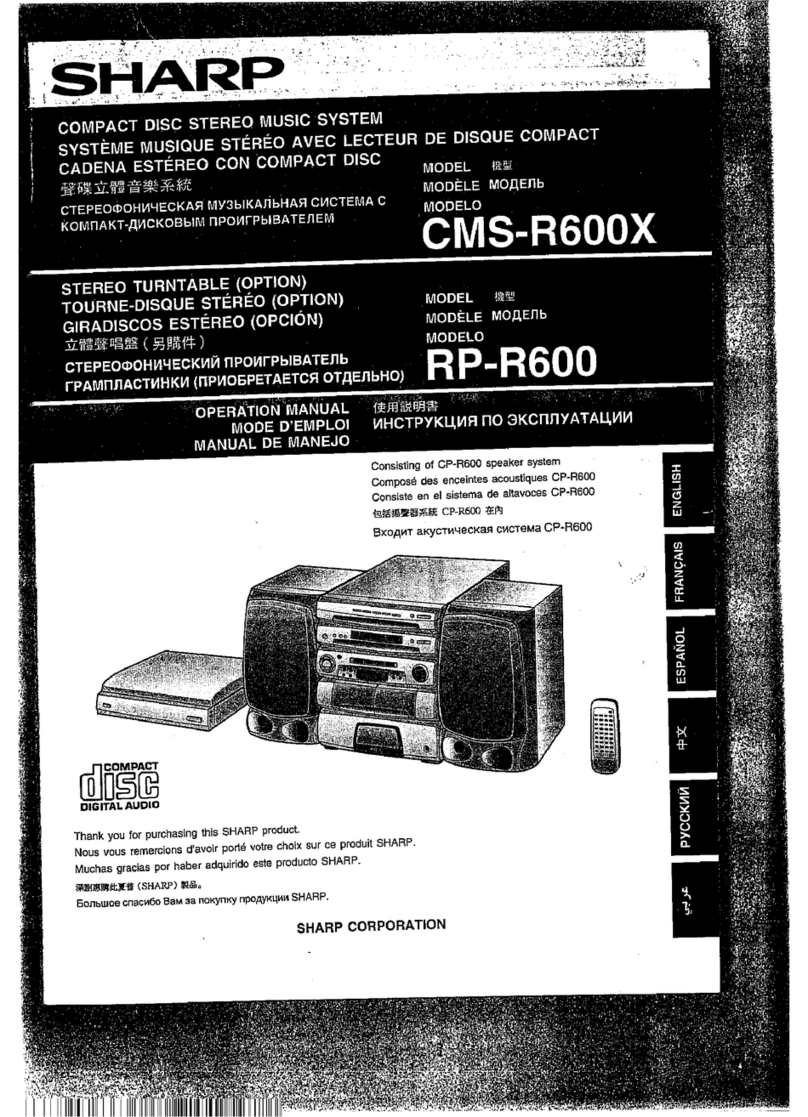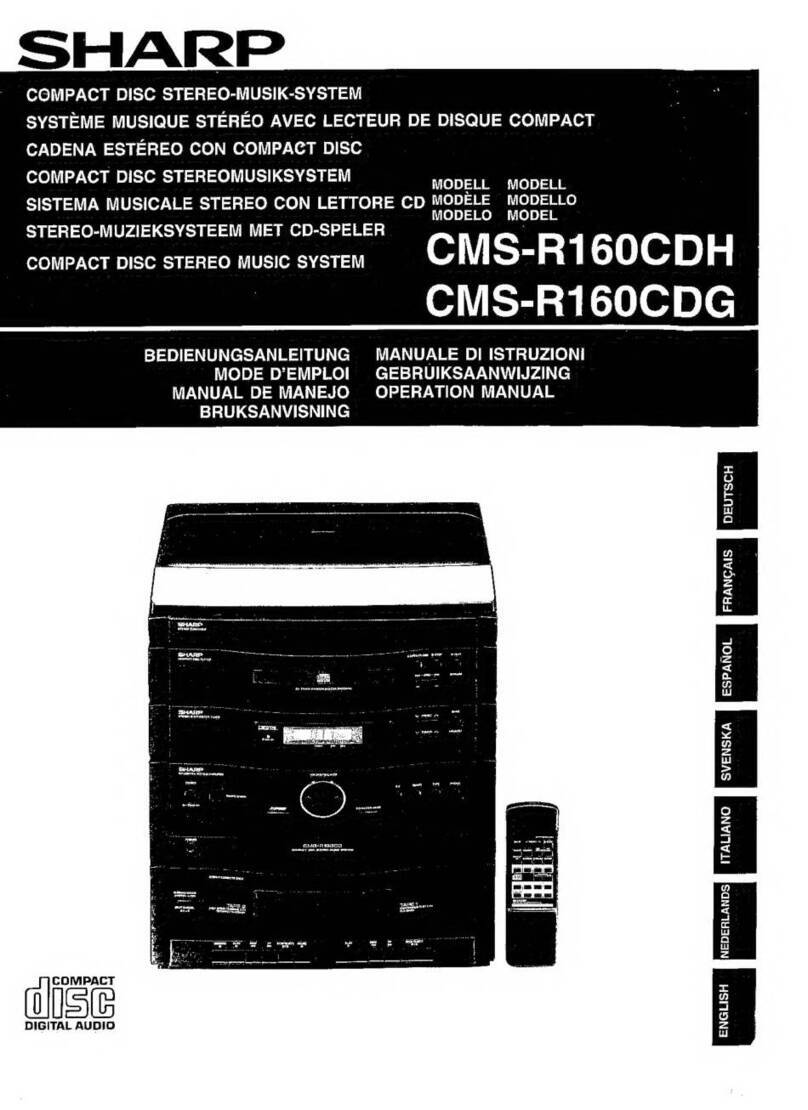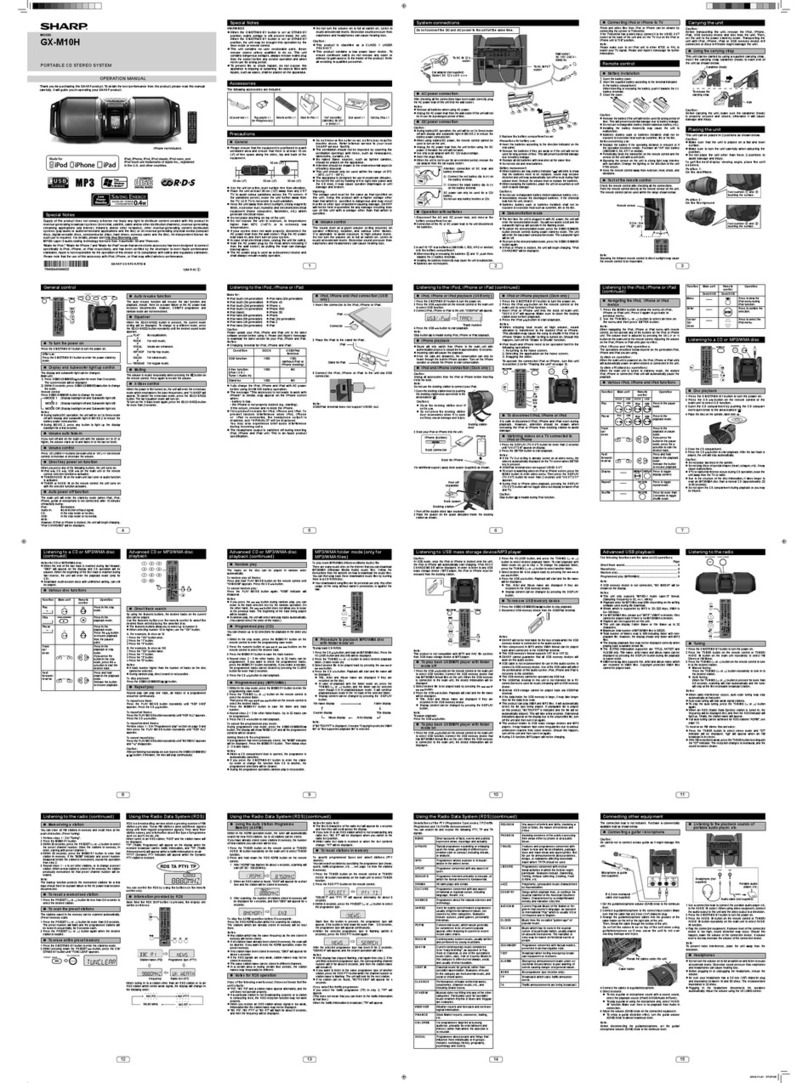
<p)
OONOMAWN=
BEZEICHNUNG
DER
TEILE
.
Hochtodner
(links)
.
Eingebautes
Mikrofon
(links)
.
Ein/Aus-Schalter
Wellenbereichswahlschalter
Eingebautes
Mikrofon
(rechts)
.
Hochtdner
(rechts)
.
Abstimmregler
.
Feinabstimmregler
.
Tiefténer
(rechts)
.
Deck
2:
Cassettenfach
.
AuBenmikrofonbuchsen
.
Kopfhdrerbucse
.
Deck
1:
Cassettenfach
.
Tiefténer
(links)
.
Einschalt-/Batteriespannungsanzeige
.
Pegelanzeige
.
APLD-Lésch-/APPS-Neustarttaste
.
APLD-Start-/APPS-Pausentaste
.
APPS-Ende-Pausenanzeige
.
APLD-/APPS-Programmnummernanzeigen
.
Dolby-NR-
Anzeige
.
UKW-Stereoanzeige
.
UKW-Betriebsarten-/UKW-Stummabstimmungsschalter
.
Funktionswahlschalter
.
Bandzahlwerk-Rickstellknopf
.
Deck
2:
Digitales
Bandzahlwerk
.
Uberspiel-Betriebsartenwahlschalter
.
Deck
2:
Aufnahme-Tondampfungstaste
.
Deck
2:
Bandsortenwahlschalter
.
Deck
1:
Bandsortenwahlschalter
.
Dolby-NR-Schalter
.
Aufnahme-Betriebsartenwahlschalter
.
Aussteuerungsregler
.
Hdhenregler
.
Ba®ler
.
Rechter
Lautstarkeregler
.
Linker
Lautstarkeregler
.
Deck
1:
Auswurftaste
.
Deck
1:
Wiedergabetaste
.
Deck
1:
Stopptaste
.
Deck
1:
Riickspul-/Wiederhol-/APLD-Riicklauftaste
.
Deck
1:
Ausschalttaste
.
Deck
1:
Schnellvorlauf-/Such-/APLD-Vorlauftaste
.
Deck
1:
Pausentaste
.
Deck
2:
Auswurftaste
.
Deck
2:
Aufnahmetaste
.
Deck
2:
Wiedergabetaste
.
Deck
2:
Stopptaste
.
Deck
2:
Riickspul-/Wiederholtaste
.
Deck
2:
Ausschalttaste
.
Deck
2:
Schnellvorlauf-/Suchtaste
.
Deck
2:
Pausentaste
.
UKW/KW-Teleskopantenne
.
Auenlautsprecherbuchsen
.
Stérunterdriickungsschalter
.
Direktausgangsbuchsen
.
Eingangswahlschalter
.
Direkt-/Plattenspielereingangsbuchsen
.
Erdklemme
.
Batteriefach
.
Netzanschlu&buchse
.
Fremdgleichstrombuchse
—_
SCMOONODOAARWN
=
=
3
ea
om
om
mr
om
oe
ANOn
PWN
—
19.
20.
21.
22.
23.
24.
25.
26.
27.
28.
29.
30.
31.
32.
33.
34.
35.
36.
37.
38.
39.
40.
41.
42.
43.
44.
45.
46.
47.
48.
49.
50.
51.
52.
53.
54,
55.
56.
57,
58.
59.
60.
61.
62.
CF
NOMENCLATURE
.
Tweeter
(gauche)
.
Microphone
incorporé
(gauche)
.
Commutateur
d’alimentation
.
Sélecteur
de
gamme
d’ondes
.
Microphone
incorporé
(droite)
.
Tweeter
(droite)
.
Commande
d’accord
.
Commande
d’accord
fin
.
Woofer
(droite)
.
Platine
2:
Compartiment
pour
cassette
.
Douilles
de
microphone
extérieur
.
Douille
de
casque
.
Platine
1:
Compartiment
pour
cassette
.
Woofer
(gauche)
.
Témoin
d’alimentation/niveau
des
piles
.
Compteur
de
niveau
.
Bouton
d’effacement
APLD/réglage
de
pause
.
Bouton
de
réglage
de
démarrage
APLD/Réglage
de
pause
APPS
Témoin
de
pause
de
fin
APPS
Témoins
du
numéro
de
programme
APLD/APPS
Témoin
Dolby
NR
Témoin
de
FM
stéréo
Commutateur
de
mode
FM/réglage
silencieux
FM
Commutateur
de
sélection
de
fonction
Bouton
de
remise
a
zéro
du
compteur
de
bande
Platine
2:
Compteur
numérique
de
bande
Commutateur
du
sélecteur
de
mode
de
copie
Platine
2:
Bouton
de
réglage
silencieux
d’enregistrement
Platine
2:
Commutateur
de
sélection
de
bande
Platine
1:
Commutateur
de
sélection
de
bande
Commutateur
Dolby
NR
Commutateur
de
sélection
du
mode
d’enregistrement
Commande
du
niveau
d’enregistrement
Commande
de
tonalité
des
aigués
Commande
de
tonalité
des
graves
Commande
du
volume
droit
Commande
du
volume
gauche
Platine
1:
Bouton
d’éjection
Platine
1:
Bouton
de
lecture
Platine
1:
Bouton
d’arrét
Platine
1:
Bouton
de
retour/revue/APLD
de
retour
Platine
1:
Bouton
de
coupure
Platine
1:
Bouton
d’avance
rapide/sondage/APLD
d’avance
Platine
1:
Bouton
de
pause
Platine
2:
Bouton
d’éjection
Platine
2:
Bouton
d’enregistrement
Platine
2:
Bouton
de
lecture
Platine
2:
Bouton
d’arrét
Platine
2:
Bouton
de
retour/revue
Platine
2:
Bouton
de
coupure
Platine
2:
Bouton
d’avance
rapide/sondage
Platine
2:
Bouton
de
pause
Antenne
a
barreau
télescopique
FM/OC
Douilles
des
enceintes
externes
Commutateur
de
suppression
du
battement
Douilles
de
sortie
de
ligne
Commutateur
de
sélection
d’entrée
Douilles
d’entrée
de
ligne/entrée
phono
Borne
de
terre
Compartiment
des
piles
Douille
d’alimentation
de
secteur
Douille
d’alimentation
CC
extérieure
IC1
RH-IX1083AFZZ
REGULATED
POWER
SUPPLY
IC2
RH-IX1082AFNA
oe
eee
eee
eee
ee
ROD
ANT
Q
|
|
|
(=
AM
IF
AMP.
08
'|
©@OOQOOOOOO
Figure
8-2
BLOCK
DIAGRAM
(TUNER)
—3—
